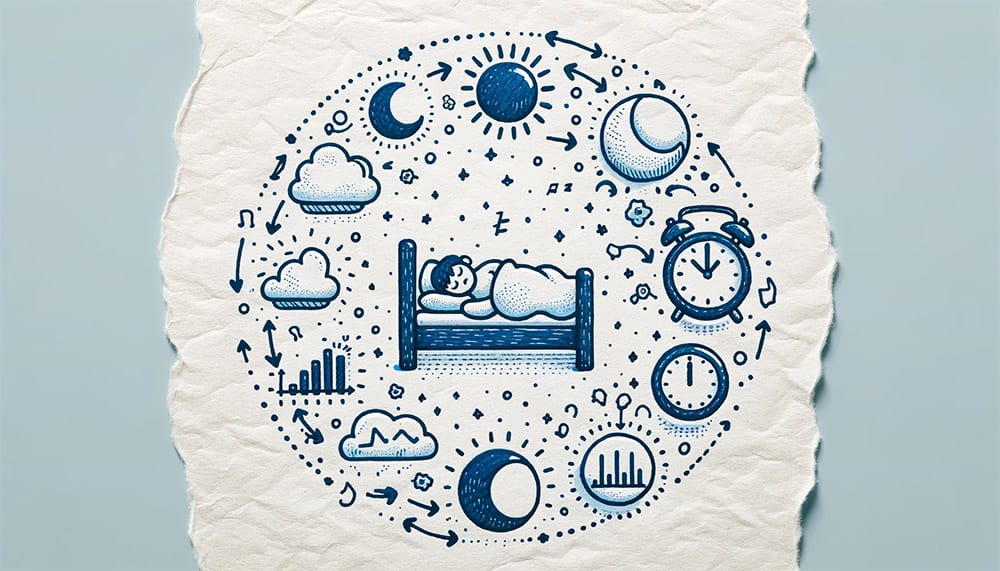1. Introduction to Actigraphy in Sleep Research
Actigraphy has become a cornerstone in sleep research, offering a non-invasive and practical method for studying sleep patterns. This technology, utilizing wrist-worn devices to monitor movement, provides valuable insights into sleep quality and quantity. Navigate the selection of actigraphy devices effectively: Read our Expert Guide to Research-Grade Actigraphy Devices.
- Evolution of Actigraphy: From its initial use as a basic motion tracker to its current advanced applications in sleep studies.
- Key Role in Sleep Research: Actigraphy’s role in providing objective data on sleep patterns, complementing subjective sleep assessments.
“Actigraphy has reshaped our understanding of sleep, bridging the gap between subjective sleep reports and objective sleep measurements.”
This introduction sets the stage for a comprehensive exploration of actigraphy in sleep research, highlighting its evolution and significance in understanding human sleep patterns. Explore actigraphy insights in our latest article: Exploring Actigraphy in Scientific Research: A Comprehensive Guide.
2. Principles of Actigraphy in Sleep Pattern Analysis
Actigraphy provides a unique window into understanding sleep patterns, relying on motion detection to infer sleep-wake cycles.

2.1 How Actigraphy Works: Basics of the Technology
Understanding the basic principles behind actigraphy is key to appreciating its role in sleep research. It uses accelerometers to detect movement, translating this motion into data that can be analyzed to determine sleep patterns.
- Motion Detection: Captures movement, distinguishing between periods of activity and rest.
- Data Interpretation: Algorithms process the motion data to differentiate between sleep and wake states.
“At its core, actigraphy transforms subtle movements into a narrative of sleep, offering a detailed glimpse into our nocturnal lives.”
2.2 Actigraphy vs. Traditional Sleep Studies
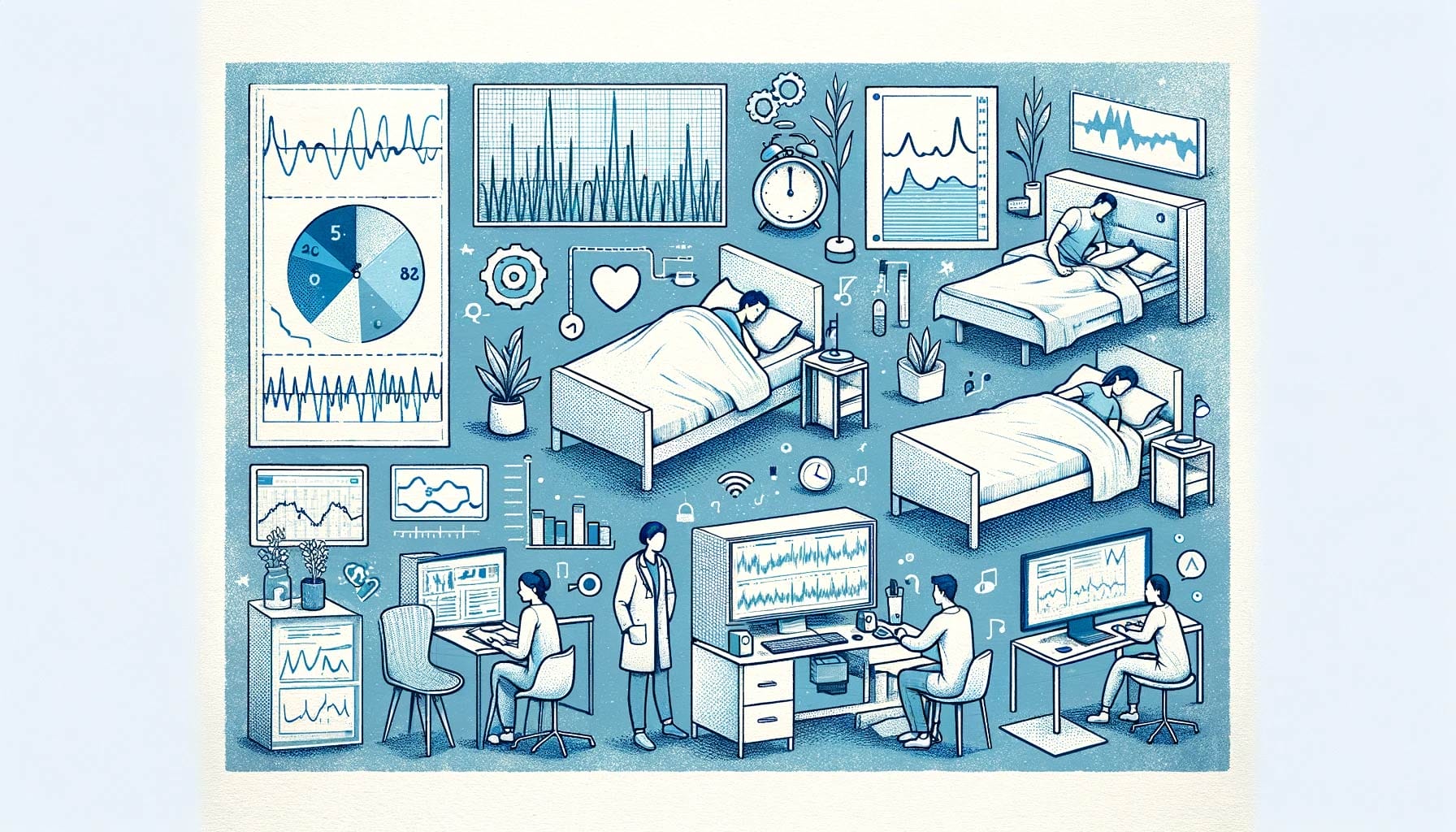
Comparing actigraphy with traditional sleep study methods like polysomnography (PSG) is crucial in understanding its role and limitations in sleep research.
- Non-Intrusiveness: Actigraphy offers a less intrusive alternative to PSG, allowing for longer monitoring periods in natural sleep environments.
- Scope of Data: While PSG provides comprehensive physiological data, actigraphy focuses primarily on movement-based sleep-wake analysis.
“Actigraphy and polysomnography complement each other, together providing a fuller picture of sleep health than either could alone.”
This section highlights how actigraphy serves as a complementary tool to traditional sleep studies, broadening our understanding of sleep patterns with its unique data collection approach.

The comparison between actigraphy and traditional sleep studies like polysomnography (PSG) is crucial in sleep research. Actigraphy offers a less invasive, more naturalistic approach, suitable for extended monitoring in typical sleep environments. It focuses mainly on sleep-wake patterns based on movement, while PSG provides a more comprehensive physiological data set. Together, these methods complement each other, enhancing our understanding of sleep health by providing a broader and more detailed picture. This section emphasizes the complementary nature of actigraphy to traditional methods in capturing different aspects of sleep health.
3. Interpreting Actigraphy Data in Sleep Research
Interpreting actigraphy data in sleep research requires a nuanced approach, blending technical data analysis with an understanding of sleep patterns.
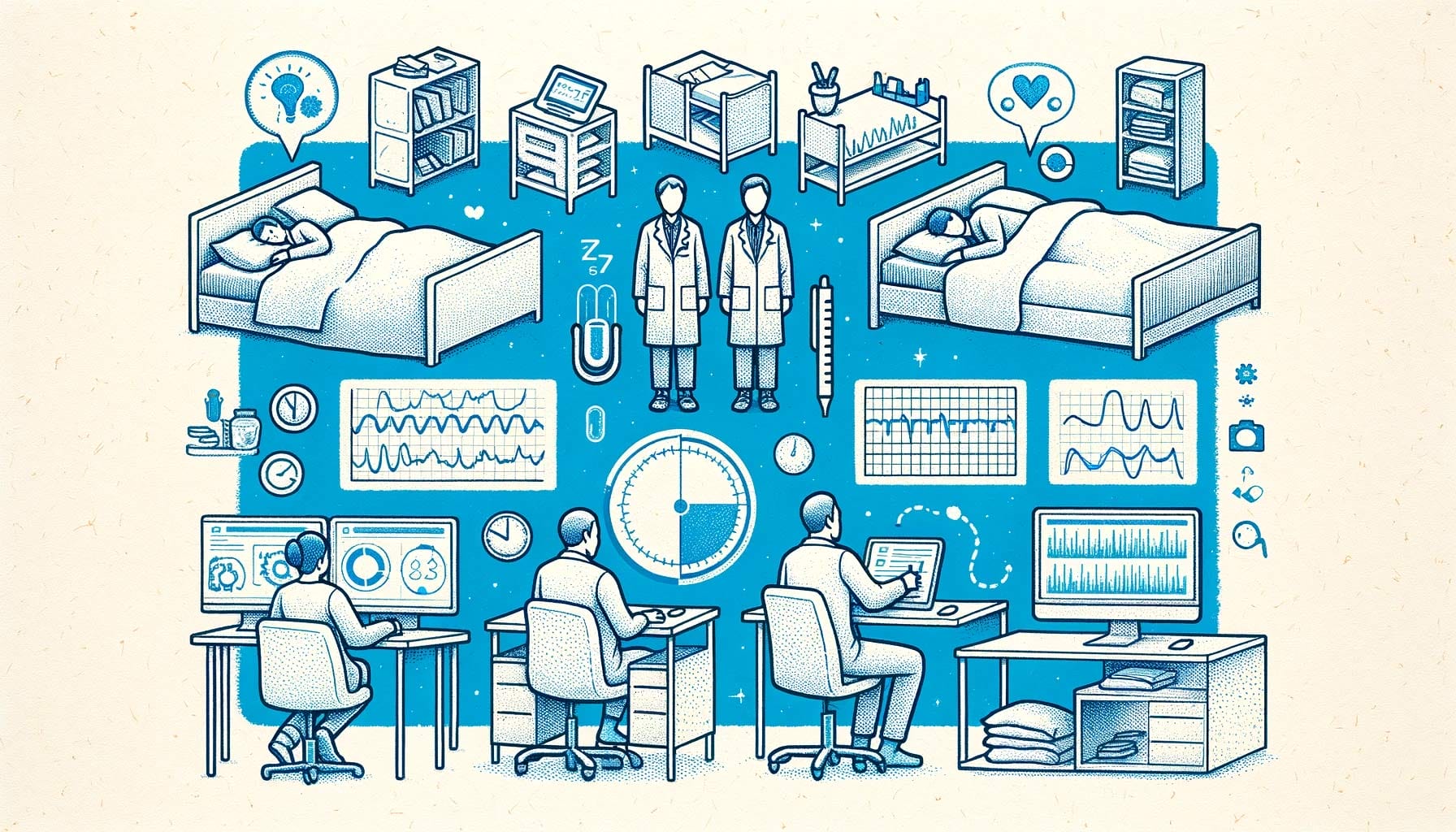
3.1 Deciphering Actigraphy Data: Methods and Challenges
The process of interpreting actigraphy data involves several key steps and faces unique challenges.
- Data Analysis Methods:
- Algorithmic Interpretation: Utilizing specific algorithms to interpret movement data in the context of sleep and wake periods.
- Data Visualization: Employing graphs and charts to visually represent sleep patterns.
- Challenges:
- Data Variability: Dealing with variations in movement patterns across different individuals.
- Accuracy Limitations: Addressing the inherent limitations in actigraphy for distinguishing certain sleep stages.
“Interpreting actigraphy data in sleep research is a delicate dance of technology and human behavior, requiring both precision and contextual understanding.”
This section highlights the sophisticated nature of analyzing actigraphy data in sleep studies, emphasizing the balance between technical accuracy and the interpretation of human sleep behavior.
3.2 Case Studies: Actigraphy in Action
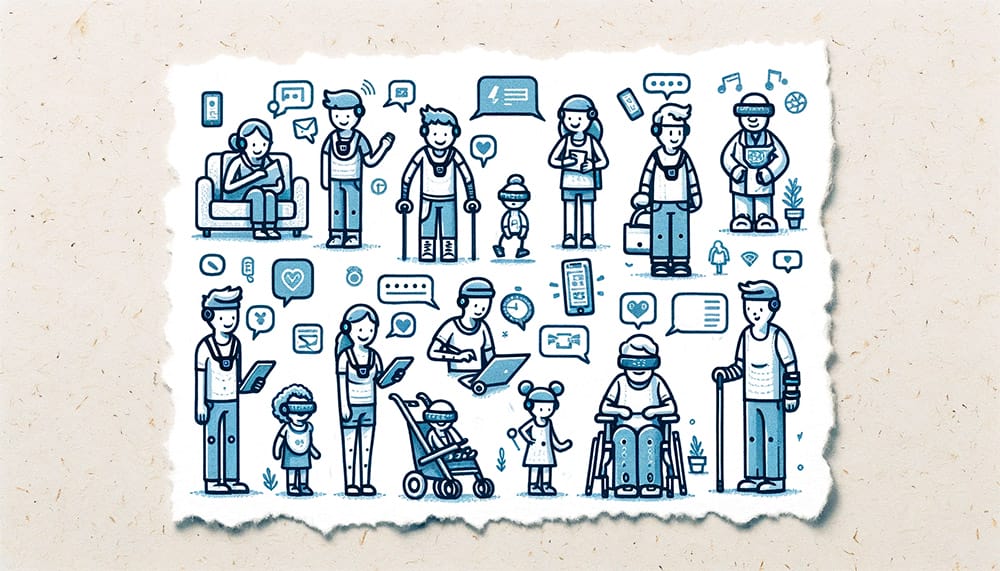
Exploring case studies where actigraphy has been used in sleep research provides practical insights into its application and effectiveness.
- Sleep Disorder Studies: Actigraphy has been instrumental in studies focusing on insomnia, sleep apnea, and other sleep disorders, providing valuable data on sleep patterns and disruptions.
- Longitudinal Sleep Research: Its use in long-term studies offers insights into how sleep patterns evolve or respond to interventions over time.
These real-world applications demonstrate actigraphy’s valuable role in advancing our understanding of sleep health and its disorders.
4. Advantages of Actigraphy in Sleep Pattern Research
Actigraphy offers unique advantages in sleep pattern research, making it an increasingly popular tool in sleep studies.

4.1 Benefits of Using Actigraphy in Sleep Studies
The use of actigraphy in sleep studies brings several key benefits:
- Non-Intrusive Monitoring: Allows for natural sleep pattern observation without the disruption often caused by more invasive methods.
- Long-Term Data Collection: Facilitates the collection of sleep data over extended periods, providing a more comprehensive understanding of sleep patterns.
- Practicality and Accessibility: Its ease of use and affordability make it accessible for large-scale studies and diverse populations.
“Actigraphy opens a window into the nocturnal world of sleep, offering insights with an ease and depth unmatched by more traditional methods.”
These benefits highlight actigraphy’s important role in sleep research, providing a practical and effective means of studying sleep patterns and disorders.
4.2 Expanding the Understanding of Sleep Health
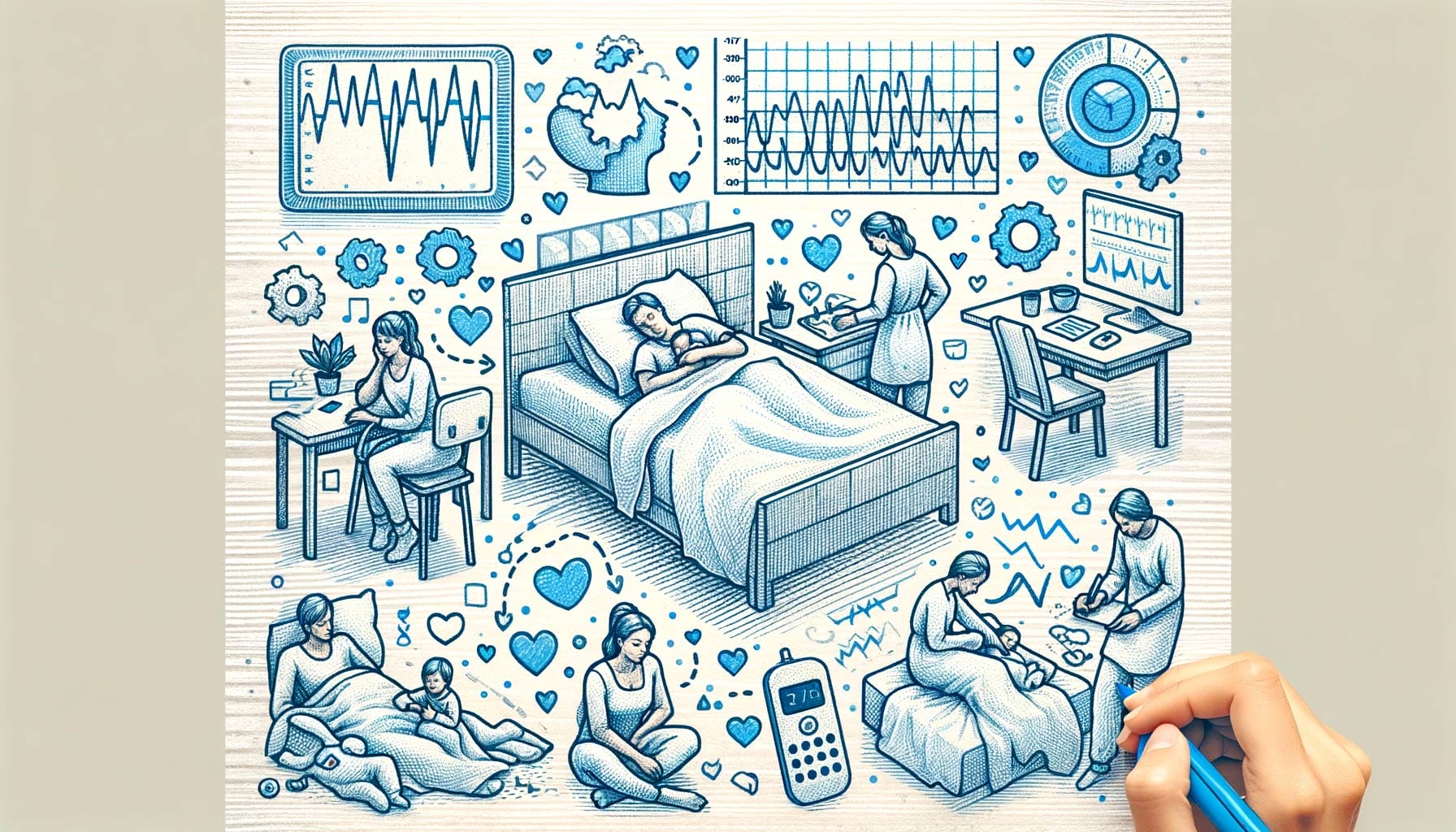
Actigraphy’s role in sleep research extends beyond diagnosing disorders, contributing significantly to a broader understanding of sleep health.
- Insights into Lifestyle and Behavioral Patterns: Actigraphy helps in exploring how daily activities and lifestyle choices impact sleep quality.
- Customizing Treatment in Sleep Medicine: Offers valuable data for personalizing treatment plans in sleep medicine, based on individual sleep patterns.
- Implications for Public Health: Actigraphy facilitates large-scale epidemiological studies on sleep, highlighting patterns and trends in population-level sleep health.
“Actigraphy’s contribution to sleep research extends its reach from clinical settings to our daily lives, offering a window into the intricate relationship between our lifestyle and sleep health.”
This section underscores the diverse applications of actigraphy, demonstrating its importance in understanding and improving sleep health on both individual and public health levels. Explore the groundbreaking impact of actigraphy in clinical settings with our detailed analysis in ‘The Role of Actigraphy in Clinical Trials: A Detailed Overview’.
5. Limitations and Considerations in Actigraphy-Based Sleep Studies
While actigraphy offers many advantages in sleep research, it’s also important to acknowledge its limitations and considerations for effective use.

5.1 Understanding the Limitations
- Differentiating Sleep Stages: Actigraphy primarily tracks movement and may not accurately differentiate between various sleep stages.
- Individual Variability: The technology may not account for individual differences in movement patterns during sleep.
- Environmental Factors: External factors like bed partner movements can affect data accuracy.
These limitations highlight the importance of using actigraphy as part of a comprehensive approach to sleep research, complementing other methods for a more complete understanding of sleep patterns and disorders.
6. Future Trends and Developments in Actigraphy for Sleep Research
The field of actigraphy is evolving rapidly, with new technologies and applications on the horizon.
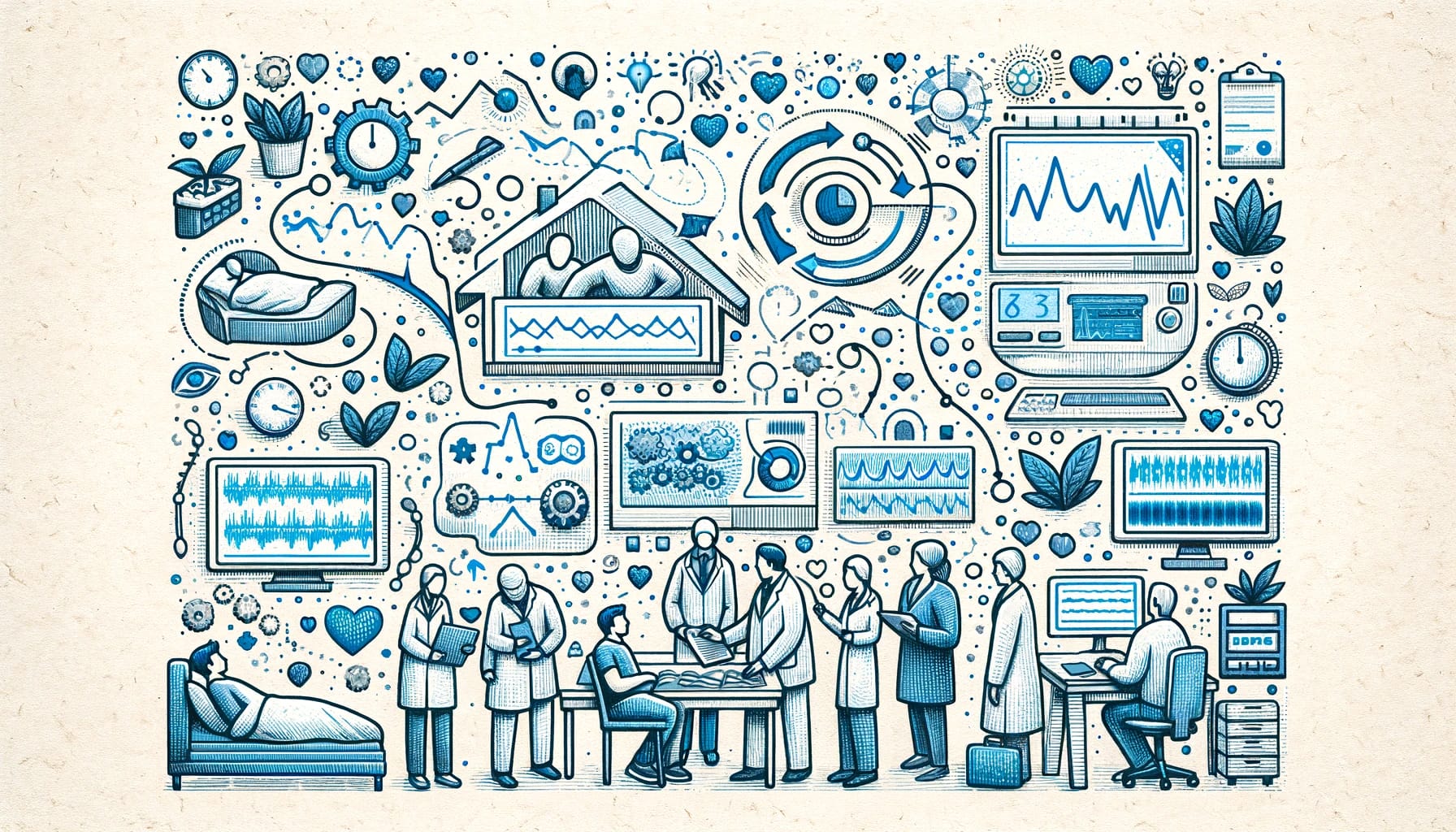
6.1 Emerging Technologies and Future Applications
- Advanced Sensors and Algorithms: Upcoming developments include more sensitive sensors and sophisticated algorithms for enhanced accuracy.
- Integration with Other Technologies: Future trends point towards integrating actigraphy with other health monitoring systems for a holistic health analysis.
- Personalized Health Monitoring: The potential for actigraphy to contribute to personalized medicine, particularly in sleep health management.
“The future of actigraphy in sleep research holds promise for deeper, more personalized insights, driven by technological innovation and interdisciplinary integration.”
These advancements indicate a promising future for actigraphy in sleep research, expanding its capabilities and applications in the evolving landscape of health monitoring and sleep science.
Conclusions

Actigraphy has become an invaluable tool in sleep research, offering a unique blend of accessibility, practicality, and comprehensive data.
Take-Home Messages:
- Actigraphy bridges the gap between objective data collection and subjective sleep assessment.
- It is a complementary tool to traditional sleep studies, enriching the overall understanding of sleep patterns.
- Despite its limitations, actigraphy is crucial in large-scale and long-term sleep studies.
- Future advancements in technology promise to expand its applications and accuracy.
Actigraphy continues to shape our understanding of sleep health, proving itself as a key player in the evolving field of sleep research. Its future, rich with technological advancements, holds the potential for deeper insights and a more personalized approach to sleep health management.
You Might Also Be Interested
📚 Delve into our comprehensive Wearables & Accelerometer collection for insightful perspectives on articles related to accelerometers and wearables.
🔍 Learn more about how our various valid and reliable products, such as the Fibion Device, Fibion SENS, Fibion Sleep, Fibion Mimove, Fibion Emfit, and Fibion Circadian, can help you in your research measuring physical activity, sedentary behavior, and sleep.
📅 Planning a research measuring physical activity, sedentary behavior, and sleep? For a chat with our accelerometer and wearable expert, book a session with Dr. Miriam Cabrita.
Frequently asked questions about this topic:
What is the significance of actigraphy in sleep research? +
Actigraphy plays a key role in sleep research by providing objective data on sleep patterns and complementing subjective sleep assessments, thus enhancing the understanding of sleep quality and quantity.
How does actigraphy work in analyzing sleep patterns? +
Actigraphy uses accelerometers to detect movement, translating motion into data to differentiate between sleep and wake states, providing a detailed view of an individual’s sleep-wake cycles.
How does actigraphy compare to traditional sleep study methods? +
Actigraphy offers a less intrusive alternative to polysomnography, suitable for long-term monitoring in natural environments, and focuses on movement-based sleep-wake analysis.
What are the challenges in interpreting actigraphy data in sleep research? +
Challenges include dealing with data variability across individuals, limitations in differentiating sleep stages, and ensuring accuracy in the presence of external factors like environmental disturbances.
What are the advantages of using actigraphy in sleep pattern research? +
Advantages include non-intrusive monitoring, long-term data collection, practicality, accessibility, and the ability to study sleep patterns in relation to lifestyle and behavioral factors.
What are the future trends in actigraphy for sleep research? +
Future trends include advancements in sensor technology and algorithms for enhanced accuracy, integration with other health monitoring systems, and potential applications in personalized sleep health management.

